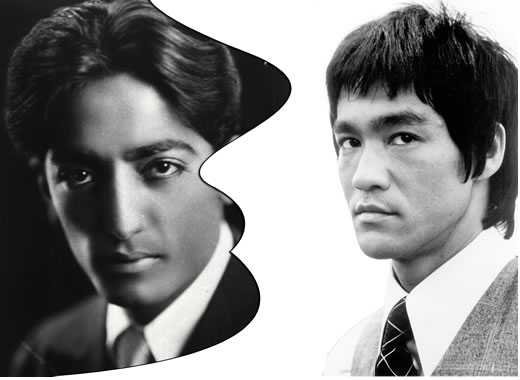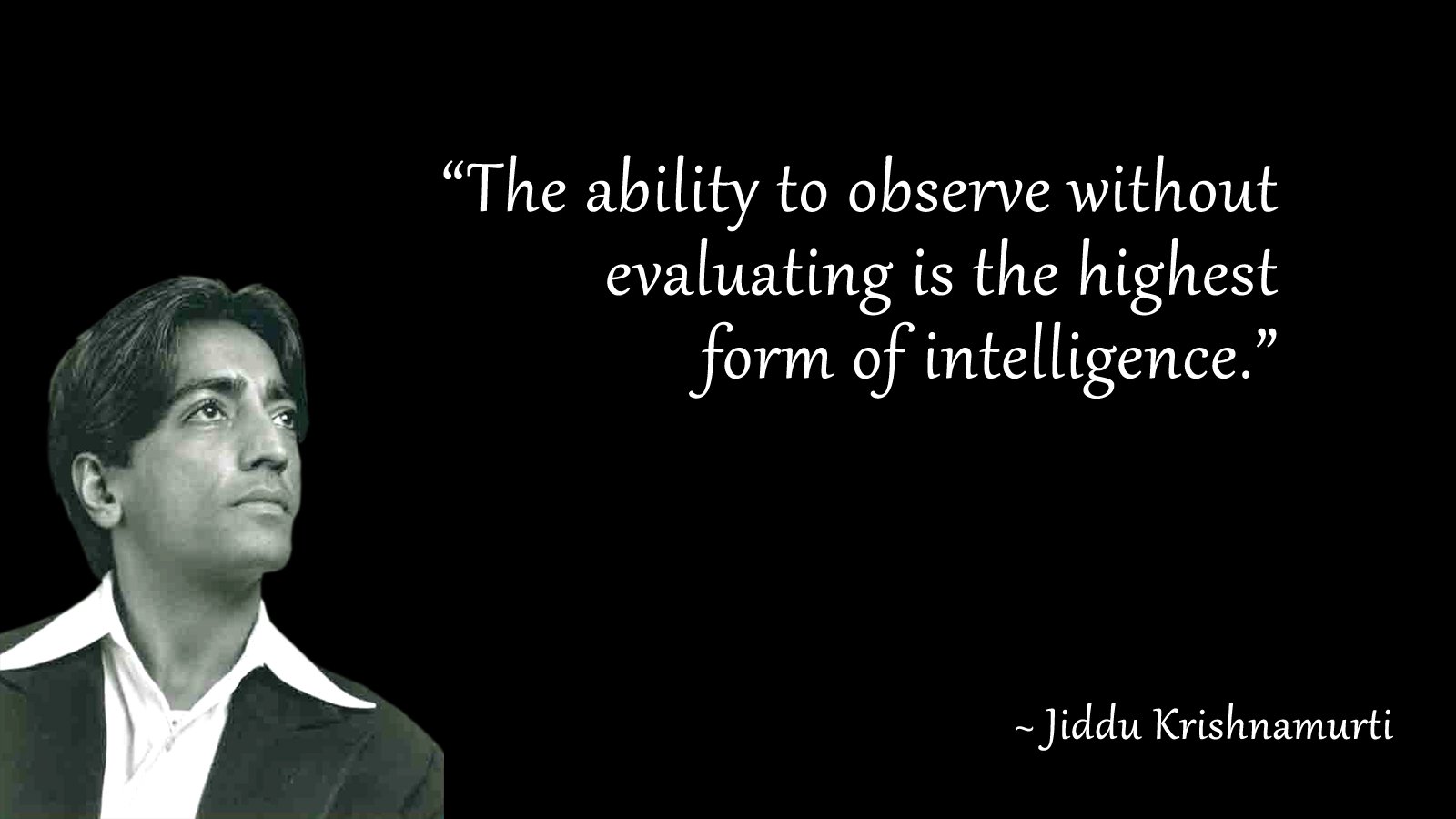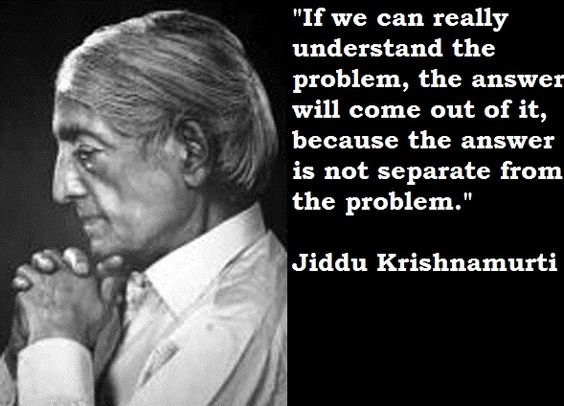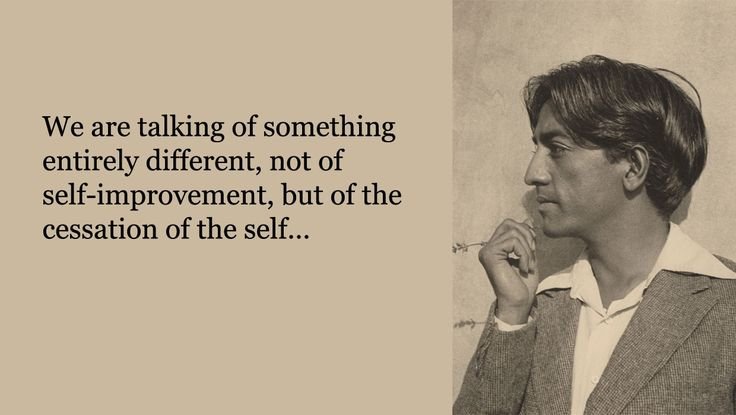
Many people know the name Bruce Lee. He is a legend and a household name. However, very few people know of Jiddu Krishnamurti, who no doubt had a very deep impact on the philosophy Bruce Lee developed. Lee integrated this philosophy into the martial art he left us before his passing, which was subsequently presented in various quotes and by his wife Linda in the book The Tao of Jeet Kune Do.
I would go so far as to suggest that near the end of his life, Lee tailored his art to be a beacon that pointed to the teachings of Krishnamurti. My goal here is not to prove such a claim, but rather to open the reader to the special insight brought to us by the man that referred to himself only as “K” or “the speaker”.
Jeet Kune Do is the art not founded on techniques or doctrine.~Bruce Lee
Krishnamurti was the real deal. We often defer to, and seek out “gurus”, practice their disciplines and follow their teachings. K asked for no followers, he offered no methods and accepted no title as a leader or an authority. Rather than be the teacher, he encouraged others to follow their OWN path:
Choiceless Awareness
The perfect way is only difficult for those who pick and choose. Do not like, do not dislike; all will then be clear.~Bruce Lee

Both Lee and Krishnamurti talked and wrote a lot about thinking and thought. In their view, thought is limited, and we are unaware of our conditioning in which we attempt to use thought to solve psychological problems. Krishnamurti points out the paradox in such endeavors because thought itself IS the root of these problems. It is this absurdity that Krishnamurti wishes to free man from, and to do so he explains what he calls “choiceless awareness”:
Awareness is the silent and choiceless observation of what is; in this awareness the problem unrolls itself, and thus it is fully and completely understood. A problem is never solved on its own level; being complex, it must be understood in its total process. To try to solve a problem on only one level, physical or psychological, leads to further conflict and confusion. For the resolution of a problem, there must be this awareness, this passive alertness which reveals its total process.
This is where understanding K's insight begins, and it is a process or a direction that one must travel oneself. No one else can truly show it to you. There can be no scientific test other than actually inquiry by oneself.
We tend to try to use the brain to solve the brains problems. But if the mind is broken, how can it expect to fix itself? This is the conundrum Krishnamurti wishes us to bring attention to. It is by bringing attention to it, without trying to solve it, that we can understand the true nature of this problem, and understanding the problem dissolves the problem.

Breaking The Conditioning
K spent his entire life with one goal, “To set mankind unconditionally free” under the assumption that each of us is using our psychological processes in the wrong direction. Once we begin to see this and observe it, without yet trying to change or fix it, then we begin to break the pattern, the conditioning, we might not otherwise realize that we are trapped in:
The Cessation of the “Self”
Give up thinking as though not giving it up. Observe techniques as though not observing.
When you are completely aware, there is no space for a conception, a scheme, “the opponent and I;” there is complete abandonment~Bruce Lee

This is what Bruce Lee taught, and pointed to. Formless form, the method-less way. No way as way. I urge you to spend some time with Krishnamurti's teachings, and spend sometime observing your own thinking processes without trying to affect them in any way.
Perhaps you might come across your own conditioning and then somehow learn to better understand it.


